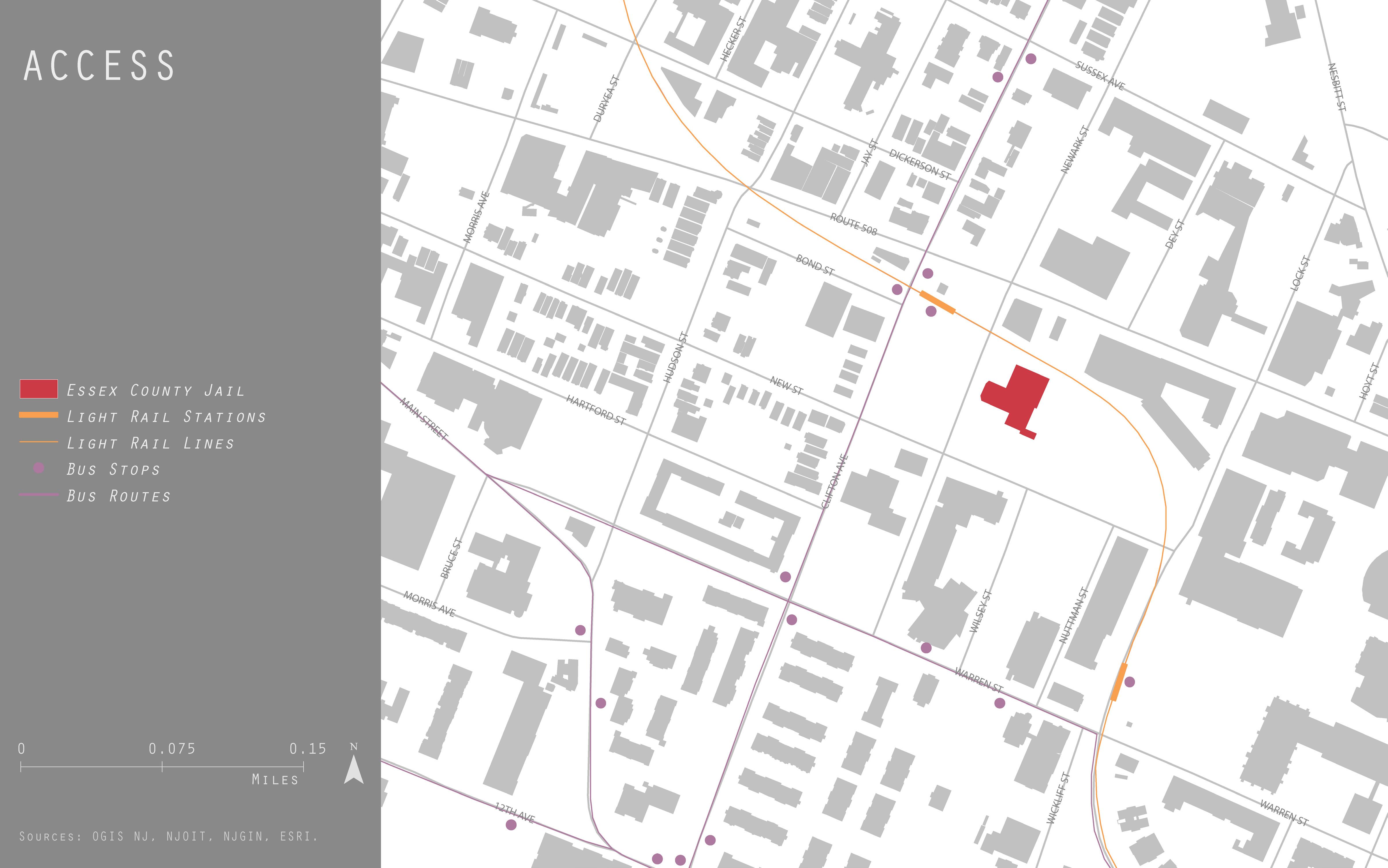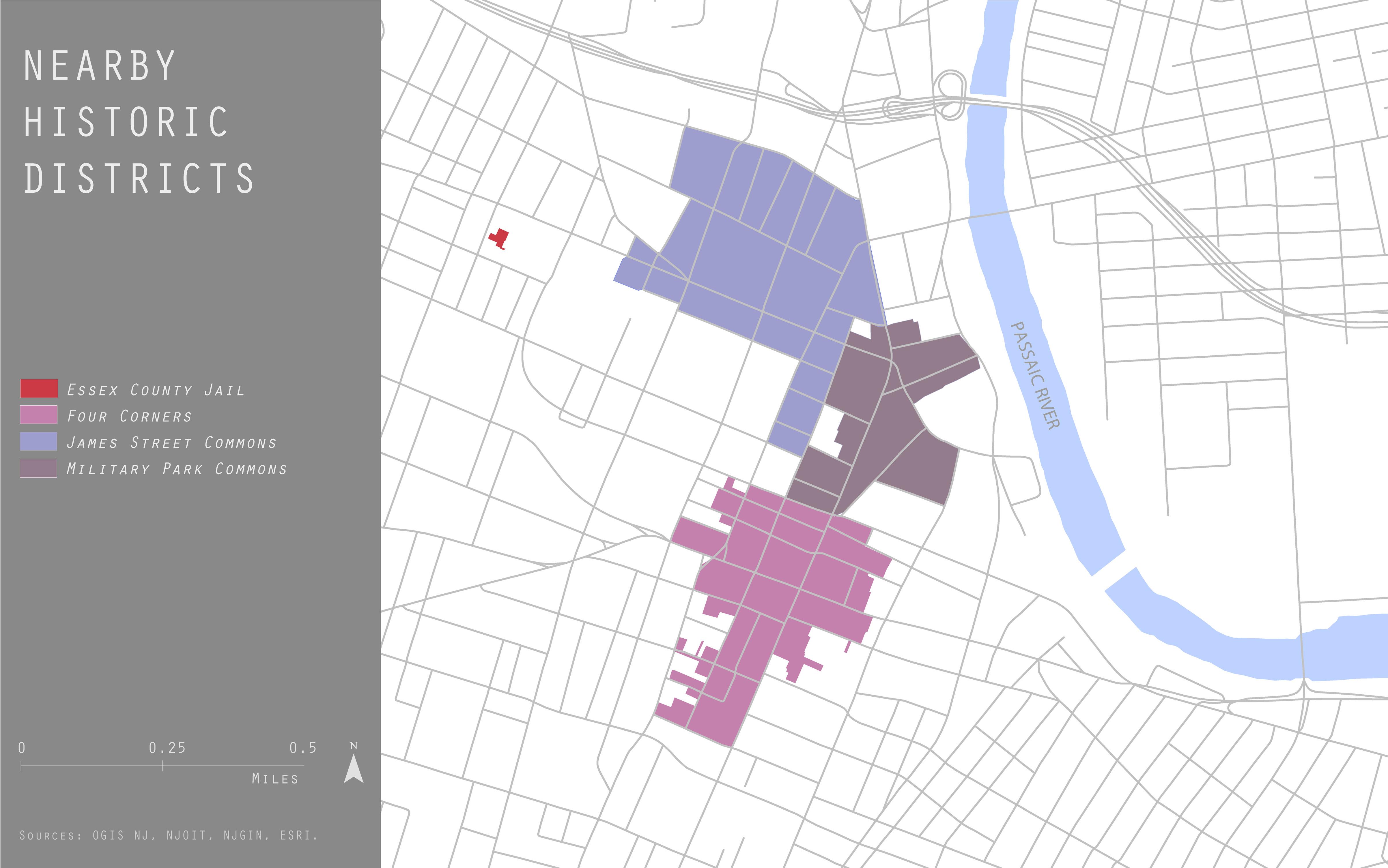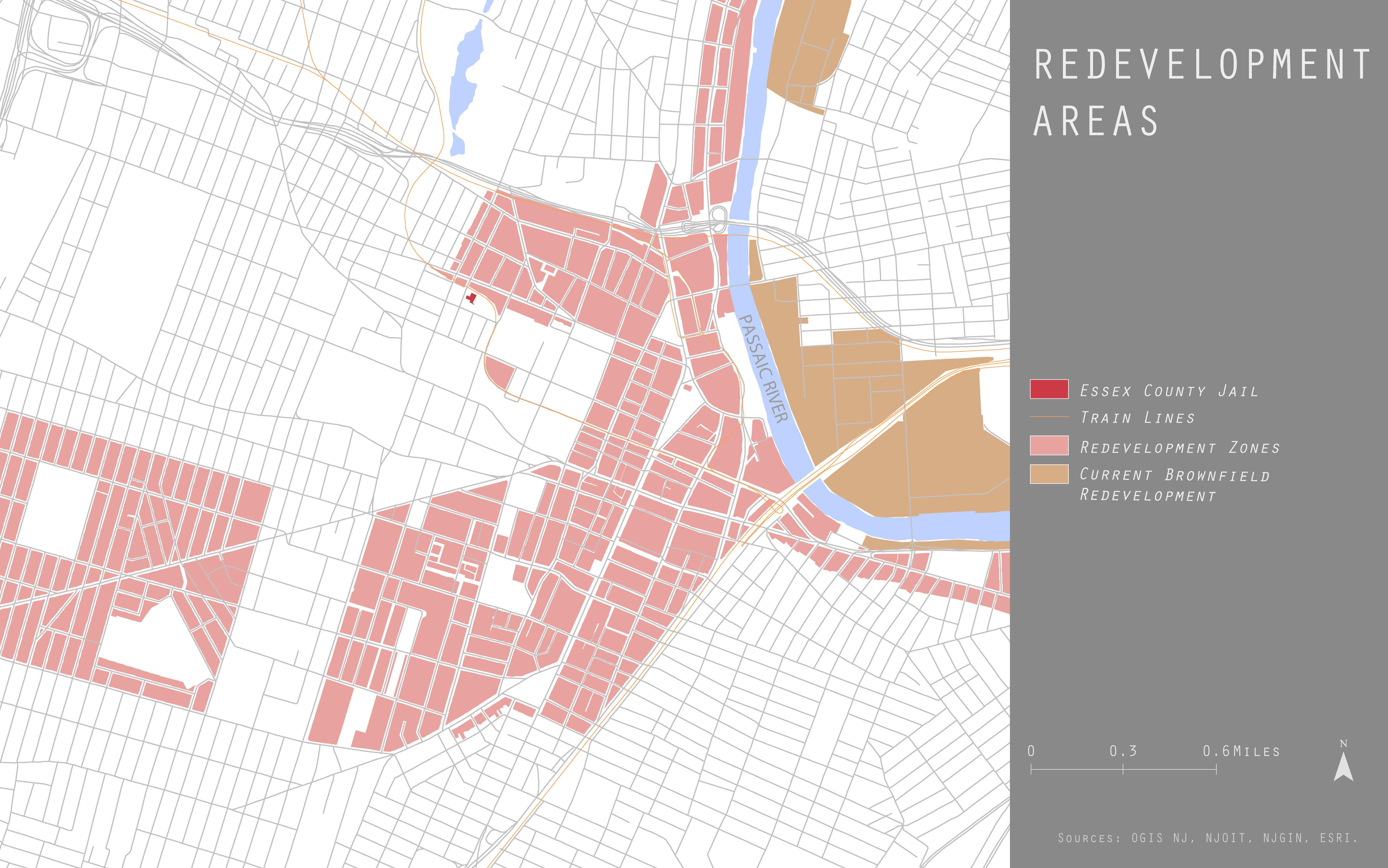
2 minute read
Significance
Old Essex County Jail is significant for many reasons including architectural, material, and social. The Jail is one of the only remaining small-scale jails designed by John Haviland. Haviland was a prolific jail, prison, and penitentiary designer who worked mainly in Pennsylvania, New Jersey, and Rhode Island. His best known work is the Eastern State Penitentiary in Philadelphia. The Old Essex County Jail was designed by Haviland later in his career, and was built around the same time that his Tombs Prison in Manhattan was nearing completion. His contributions to prison design are unparalleled and this project is a testament to the scalability of his ideas. Although Haviland designed many jails, particularly in the northeastern United States, very few remain and those that do are in poor condition.
The materials and technology of the Jail are also significant for their ingenuity and what they can tell us about social norms at the time. Early adoption of technology was common in public buildings like libraries and prisons. A prime example of this is the glass catwalks and self-supporting modular steel cells visible in the East Wing. These are the same technology you can observe in the book stacks of many older libraries. The jail also boasts an early version of a radiant heating pipe system, which lines the walls of the West Wing. The West Wing masonry cells still possess the cell locking mechanism, complete with levers.
Beyond the physical aspects of the jail and its association with John Haviland, there is also a long and troubled social component to the site’s significance. Much like the early years of Newark’s development (and the jail’s parallel timeline) the social and racial tensions that Newark faced in the late 1960s also played out within the jail walls. The 1967 Riots in the streets of Newark—in which police and citizens fought openly for days—also happened in the jail. Overcrowding was a major issue that plagued the already unsanitary conditions of the jail. Prisoners rioted and escaped shortly after the citywide protests.
The Old Essex County Jail site represents both a testament to architectural and material achievements, and a difficult time in Newark’s history that is often overlooked, forgotten, or purposefully ignored. And yet, the community, including some of the formerly incarcerated, have stated the importance of preserving such a contested site in order to allow a dialogue to happen about the past.
West Wing Photo by Rob Kesack
Eastern State Penitentiary Photo by Gabriela Figuereo
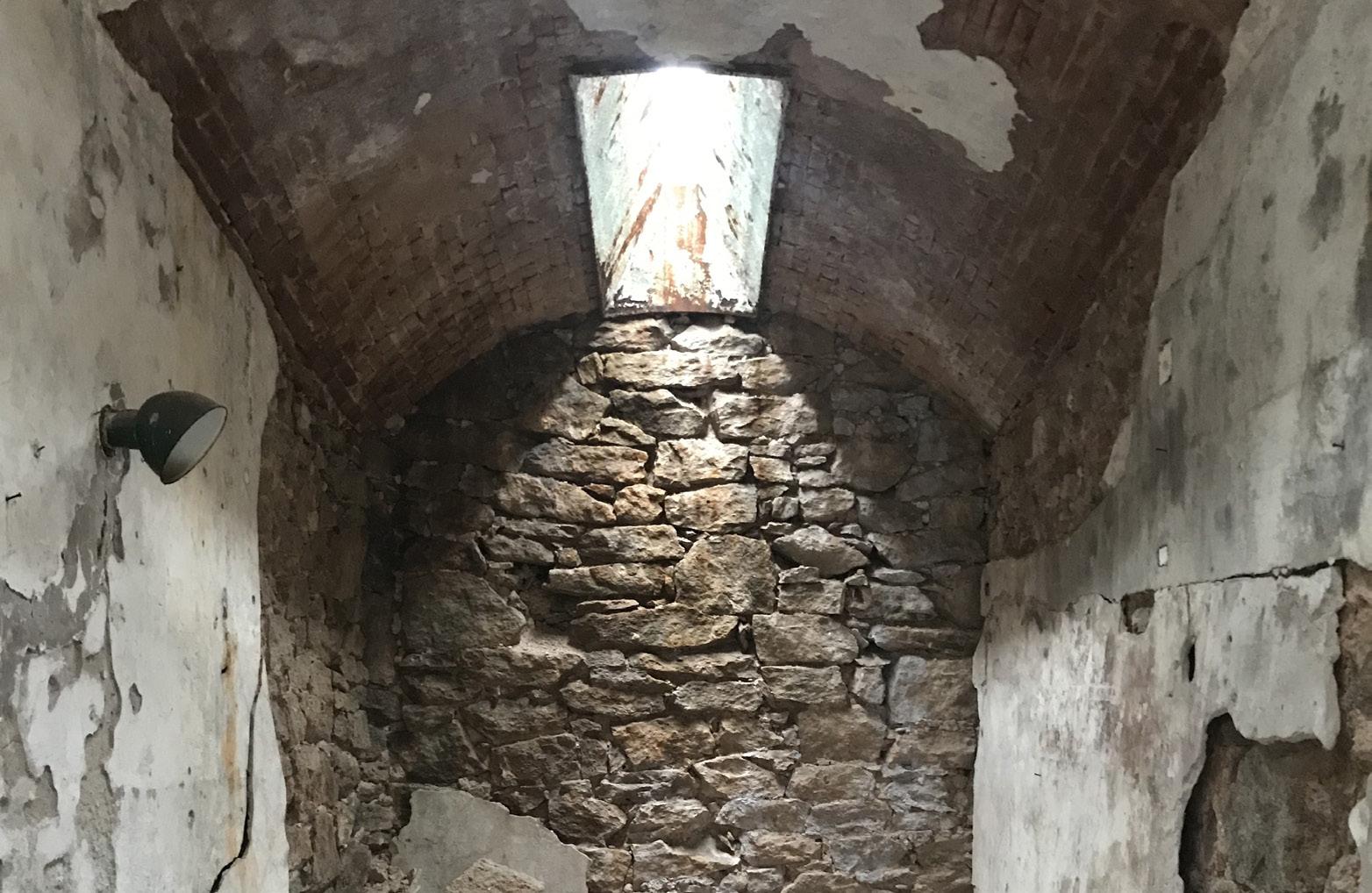
John Haviland Courtesy of the MET
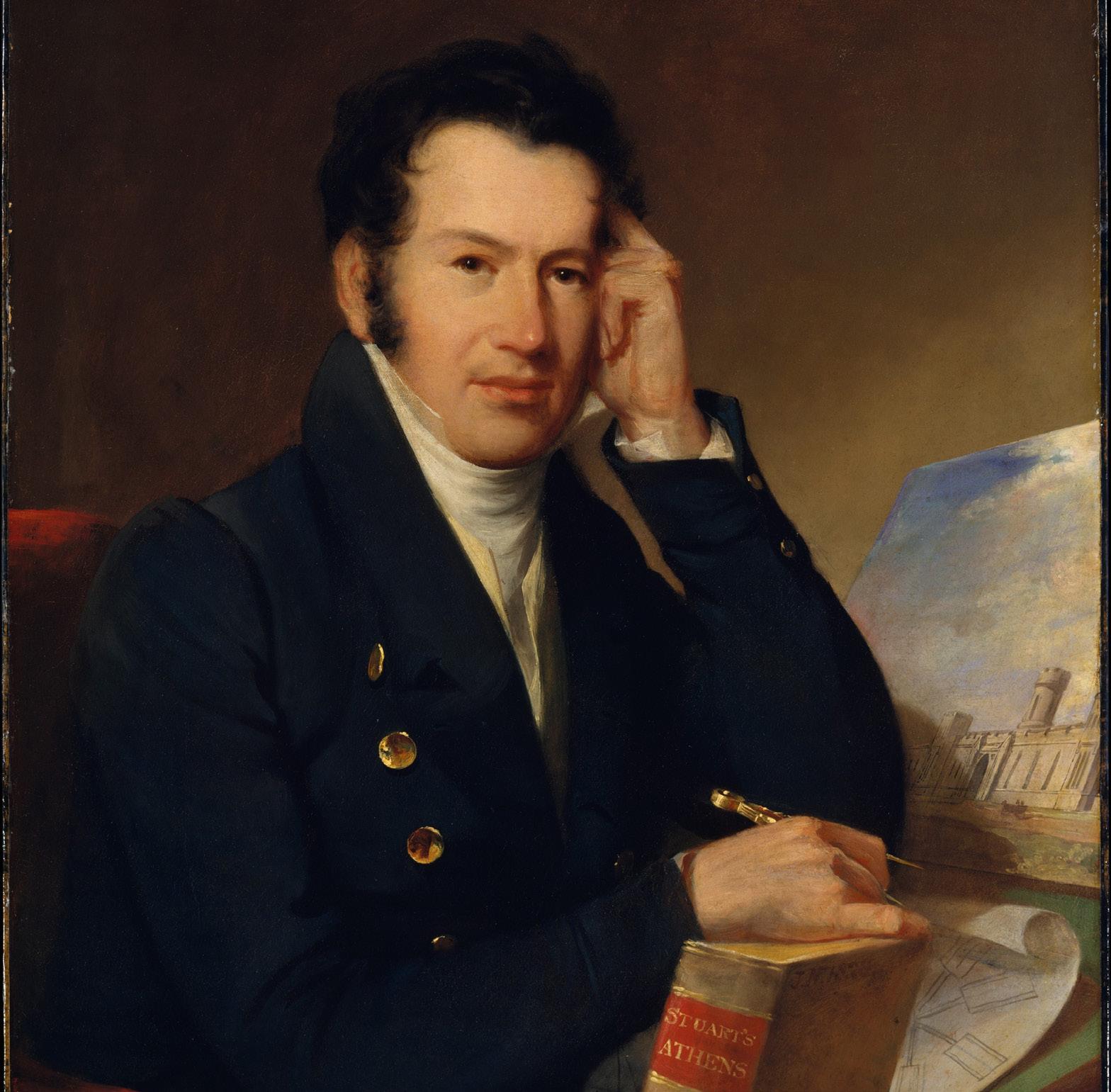
Architectural
Hospital Wing, terra cotta floor system & gypsum block wall Photo by Madeline Berry
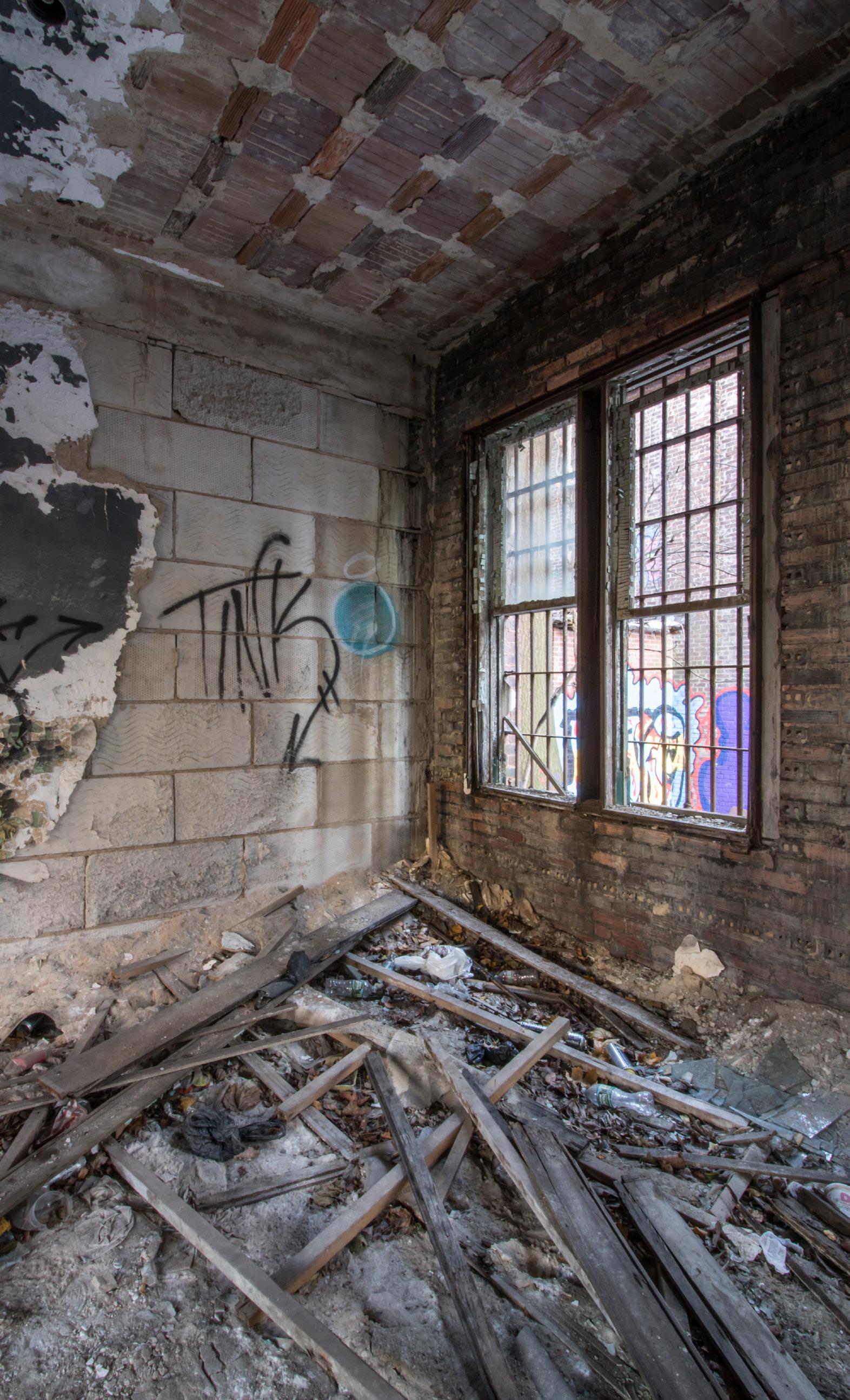
Material Social


Exterior from Newark Street Photo by Rob Kesack Pictured: Zemin Zhang & Qianye Yu
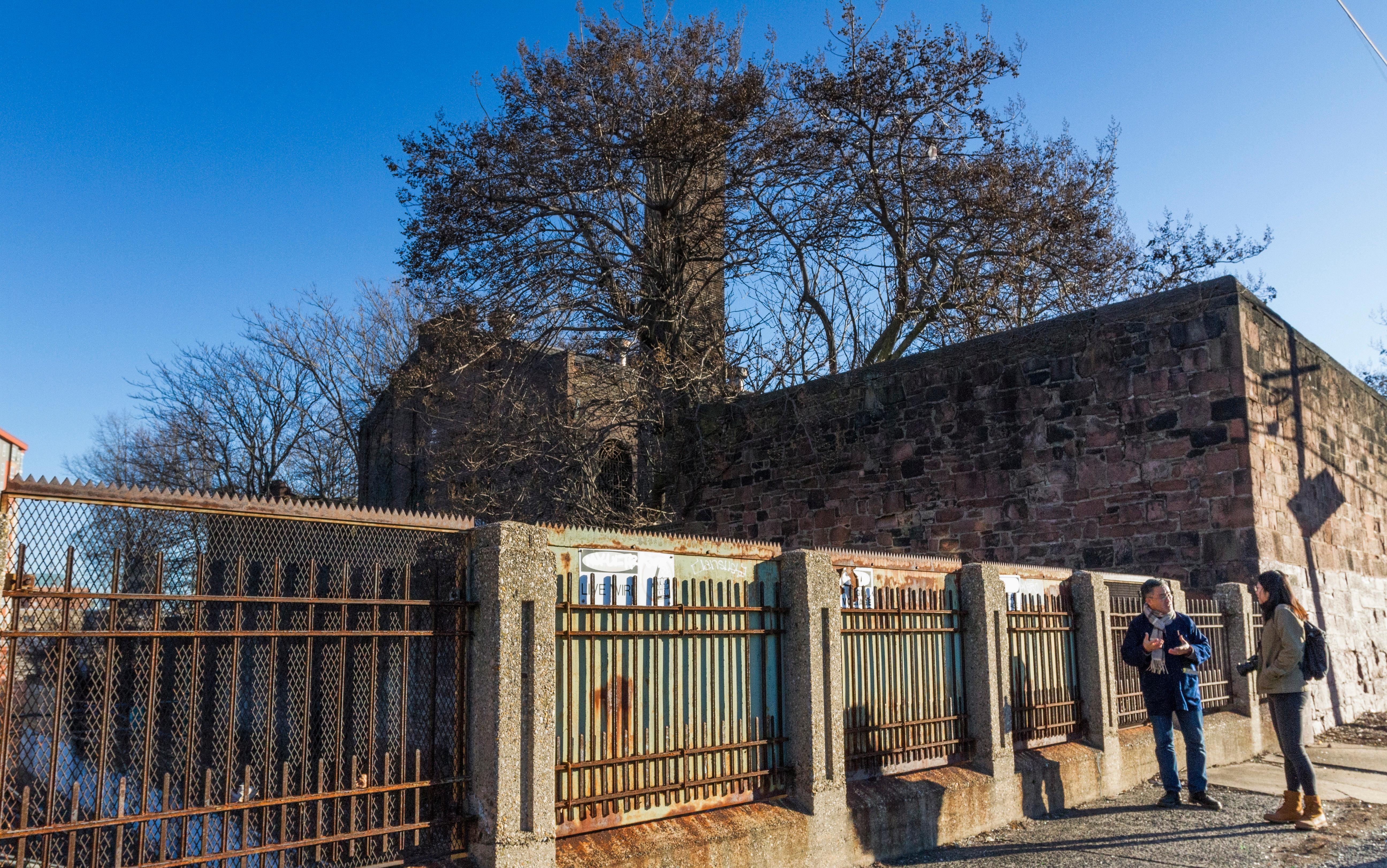
SITE CONTEXT
•• A.
